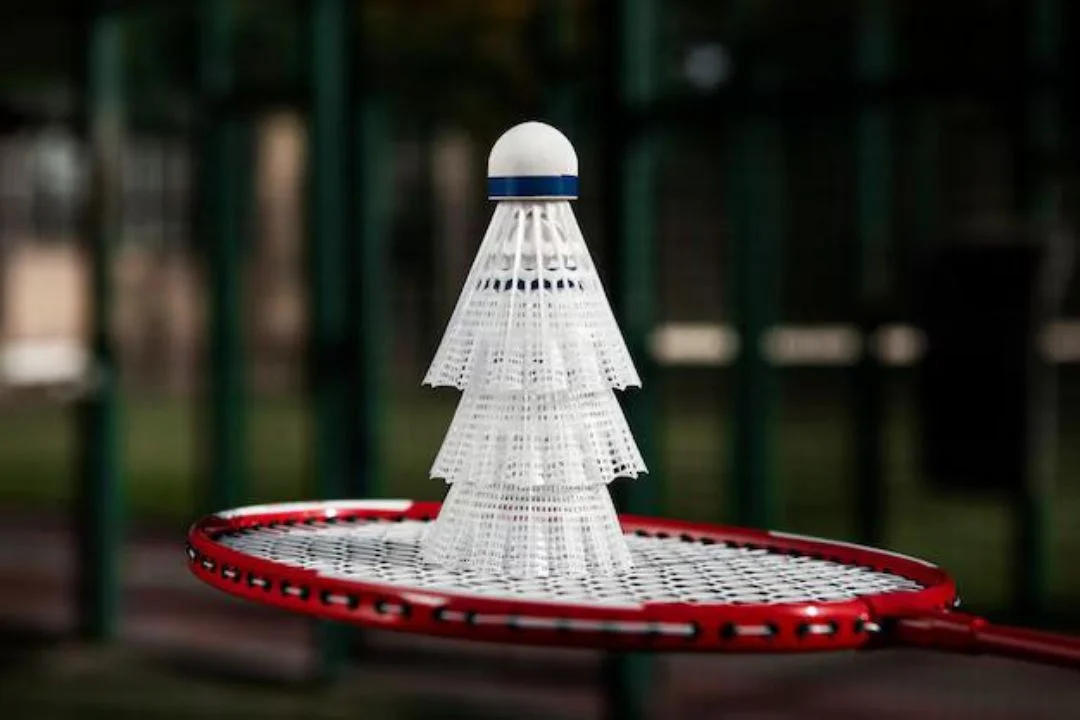10 BEST Unlocking the Moon Launchpad for Interplanetary Travel in 2025
As mankind focuses on the stars, the Moon arises as a significant component in the great vision of interplanetary travel. With its essential position, bountiful assets, and decreased gravity, the Moon holds the possibility to alter space investigation. This article digs into the heap ways the Moon can act as a definitive platform for interplanetary travel, investigating the mechanical headways, asset usage, and competitive edges that make it a vital resource in our mission to investigate the universe. Moon Launchpad for Interplanetary
The Essential Significance of the Moon
The Moon’s Nearness to Earth
The Moon’s nearness to Earth, roughly 384,400 kilometers away, makes it an ideal possibility for a send off site. This nearby distance takes into consideration somewhat short travel times and lower correspondence delays, working with more straightforward coordination between Earth-based control habitats and lunar tasks. Moon Launchpad for Interplanetary
Diminished Send off Expenses
Sending off space apparatus from the Moon as opposed to Earth can altogether lessen the expenses related with interplanetary missions. The Moon’s lower gravity, around one-6th that of Earth’s, implies that rocket require less energy to get away from its gravitational draw. This decrease in energy necessities means lower fuel utilization and, thusly, lower send off costs. Moon Launchpad for Interplanetary
Upgraded Send off Windows
The Moon’s area offers more successive and adaptable send off windows for interplanetary missions. In contrast to Earth, where dispatches are in many cases compelled by orbital mechanics and weather patterns, the Moon gives a more steady and unsurprising climate, considering more reliable and convenient flights to other heavenly bodies. Moon Launchpad for Interplanetary
Plentiful Lunar Assets
The Moon is wealthy in assets that can be tackled to help interplanetary travel. These assets incorporate water ice, regolith, and different minerals, which can all be used to deliver fuel, development materials, and life emotionally supportive networks. Moon Launchpad for Interplanetary
Water Ice: A Significant Asset
Perhaps of the most significant asset on the Moon is water ice, tracked down in the forever shadowed areas close to the lunar posts. This ice can be extricated and handled to deliver water, oxygen, and hydrogen. Oxygen can uphold human living spaces and life emotionally supportive networks, while hydrogen and oxygen together can be utilized to create rocket fuel through the course of electrolysis. Moon Launchpad for Interplanetary
Regolith Usage
Lunar regolith, the layer of free, divided material covering the Moon’s surface, contains different components like silicon, aluminum, and iron. These components can be extricated and used to make development materials, instruments, and parts for rocket. Propels in-situ asset usage (ISRU) advancements are making it progressively practical to use these materials for lunar framework improvement. Moon Launchpad for Interplanetary
Helium-3: A Potential Fuel Source
The Moon is likewise accepted to contain critical stores of helium-3, an uncommon isotope with possible applications in atomic combination. While the innovation to saddle helium-3 for combination energy is still being developed, its presence on the Moon adds to the potential for the lunar surface to turn into a basic asset center for future space tries. Moon Launchpad for Interplanetary
Innovative Headways Empowering Lunar Send off Activities
Propels in Lunar Natural surroundings Development
The foundation of practical lunar bases is an essential for involving the Moon as a platform for interplanetary travel. Late progressions in living space development advancements are making ready for the improvement of hearty and productive lunar stations. Moon Launchpad for Interplanetary
3D Printing and Added substance Assembling
3D printing and added substance producing advancements are reforming the development of lunar living spaces. Utilizing lunar regolith as an essential material, these innovations can make solid and tough designs equipped for enduring the brutal lunar climate. These territories can house space explorers, give life backing, and act as functional places for send off exercises. Moon Launchpad for Interplanetary
Inflatable Modules
Inflatable territory modules offer one more encouraging answer for lunar bases. These lightweight and smaller designs can be shipped to the Moon and afterward extended to give adequate living and working space for space explorers. Organizations like Bigelow Aviation are at the bleeding edge of creating inflatable living space innovation, which can be sent rapidly and proficiently on the lunar surface. Moon Launchpad for Interplanetary
Lunar Send off Framework
Building the fundamental foundation for sending off shuttle from the Moon includes a few key parts, including platforms, fuel creation offices, and transportation frameworks. Moon Launchpad for Interplanetary
Platforms and Stages
Developing platforms on the Moon requires cautious preparation and designing to guarantee solidness and wellbeing. Moon Launchpad for Interplanetary
Fuel Creation and Capacity
The creation and capacity of rocket fuel on the Moon is a basic part of laying out it as a platform. Propels in cryogenic innovation and fuel move frameworks are fundamental for help persistent and productive send off activities.
Transportation Frameworks
Proficient transportation frameworks are important to move assets, gear, and faculty between lunar bases and send off destinations. Meanderers and other computerized vehicles can ship regolith, water, and fuel, while manned vehicles can work with the development of space explorers and mission trained professionals. Fostering these transportation frameworks is pivotal for keeping a consistent progression of materials and staff to help lunar send off exercises. Moon Launchpad for Interplanetary
Competitive edges of Lunar Send off Locales
Upgraded Mission Adaptability
Using the Moon as a platform offers upgraded mission adaptability, empowering a large number of interplanetary missions.
Organizing Point for Profound Space Missions
The Moon can act as an optimal organizing guide for missions toward Mars, the space rock belt, and then some. By sending off rocket from the Moon, mission organizers can exploit the diminished gravity to plan more effective directions and save fuel. This ability takes into consideration more aggressive missions with more prominent payload limits and broadened functional life expectancies. Moon Launchpad for Interplanetary
On-Request Refueling and Resupply
Lunar bases outfitted with fuel creation and storage spaces can give on-request refueling and resupply administrations for interplanetary space apparatus. Moon Launchpad for Interplanetary
Expanded Security and Unwavering quality
Sending off space apparatus from the Moon can build the security and dependability of interplanetary missions.
Decreased Send off Dangers
The Moon’s absence of air wipes out climate related send off postponements and dangers, guaranteeing more unsurprising and dependable send off plans. Moreover, the diminished gravity and nonappearance of environmental drag bring about lower weight on rockets and shuttle during send off, upgrading the general security and unwavering quality of the mission.
Excess Send off Abilities
Laying out various send off destinations on the Moon can give excess send off capacities, guaranteeing that missions can continue regardless of whether one site becomes inaccessible because of specialized issues or different difficulties. This overt repetitiveness improves the flexibility of interplanetary investigation endeavors and lessens the gamble of mission disappointment. Moon Launchpad for Interplanetary
Monetary and Logical Advantages
Utilizing the Moon as a platform offers critical financial and logical advantages.
Cost Investment funds
Sending off space apparatus from the Moon can prompt significant expense reserve funds by lessening how much fuel expected for missions and limiting the requirement for incessant resupply missions from Earth. Moon Launchpad for Interplanetary
Logical Open doors
The actual Moon presents various logical open doors that can be investigated related to send off tasks. Investigations of lunar geography, asset usage, and the impacts of long haul residence on human wellbeing can give important experiences that illuminate future interplanetary missions. Furthermore, lunar observatories and research stations can add to how we might interpret the universe and backing a great many logical examinations. Moon Launchpad for Interplanetary
Difficulties and Answers for Lunar Send off Tasks
Specialized Difficulties
Laying out the Moon as a platform for interplanetary travel includes conquering a few specialized difficulties.
Regolith The executives
Lunar regolith represents a critical test for development and send off tasks because of its grating and tacky nature. Overseeing regolith really requires imaginative answers for dust moderation, uncovering, and transportation. Moon Launchpad for Interplanetary
Energy Supply
Giving a solid and reasonable energy supply for lunar bases and send off tasks is basic. Sun oriented power, atomic reactors, and high level battery stockpiling frameworks are likely answers for meeting the energy needs of lunar foundation. Guaranteeing consistent energy supply, particularly during the lunar evening, is fundamental for keeping up with activities and supporting human living spaces. Moon Launchpad for Interplanetary
Beating Specialized Difficulties
Dust Relief Strategies
Lunar residue, or regolith, is famously grating and can present huge difficulties to hardware and human wellbeing. Creating successful residue alleviation strategies is pivotal for the drawn out maintainability of lunar activities. Moon Launchpad for Interplanetary
Electrostatic Residue Evacuation
One promising procedure includes utilizing electrostatic fields to repulse dust particles from surfaces. By applying a voltage to a surface, an electrostatic charge can be created that repulses dust particles, keeping basic hardware and natural surroundings clean. Moon Launchpad for Interplanetary
Dust-Safe Materials
The improvement of residue safe materials and coatings can assist with diminishing the bond of lunar residue to surfaces. Examination into materials with low surface energy and extraordinary coatings is continuous to work on the sturdiness and life span of lunar framework. Moon Launchpad for Interplanetary
High level Advanced mechanics and Computerization
Mechanization and mechanical technology assume a crucial part in laying out and keeping up with lunar framework, especially in threatening conditions where human mediation is restricted. Moon Launchpad for Interplanetary
Independent Development
Automated frameworks furnished with cutting edge simulated intelligence can perform independent development errands, like structure living spaces, landing cushions, and streets. These robots can work ceaselessly and with high accuracy, speeding up the improvement of lunar bases. Moon Launchpad for Interplanetary
Asset Extraction and Handling
Robotized frameworks for asset extraction and handling can productively collect and refine lunar assets, for example, water ice and regolith. These frameworks can work autonomously, decreasing the requirement for human presence and limiting dangers. Moon Launchpad for Interplanetary
Global Cooperation and Strategy Structures
Worldwide Organizations
Global cooperation is fundamental for the progress of lunar investigation and the foundation of the Moon as a platform for interplanetary travel. Moon Launchpad for Interplanetary
Global Space Missions
Nations and space offices overall are progressively working together on lunar missions. Joint endeavors, for example, the Artemis program drove by NASA in organization with the European Space Office (ESA), the Japan Aviation Investigation Organization (JAXA), and others, embody the force of worldwide collaboration. Moon Launchpad for Interplanetary
Sharing Innovation and Assets
Cooperation stretches out to the sharing of innovation, information, and assets. By pooling ability and capacities, global accomplices can beat specialized and monetary obstructions, speeding up the advancement of lunar investigation. Moon Launchpad for Interplanetary
Administrative Structures
Laying out a hearty administrative system is basic for guaranteeing the dependable and impartial utilization of lunar assets. Moon Launchpad for Interplanetary
The Space Deal
The Space Arrangement, laid out in 1967, gives the establishment to worldwide space regulation. It stresses that space investigation ought to be directed to serve all mankind and precludes the assignment of divine bodies by any one country. Moon Launchpad for Interplanetary
Arising Strategies and Arrangements
The Artemis Accords, for instance, frame standards for supportable space investigation and advance worldwide collaboration in lunar and interplanetary missions. Moon Launchpad for Interplanetary
FAQs: Opening the Moon: A definitive Platform for Interplanetary Travel in 2025
Q1: For what reason is the Moon thought about an optimal platform for interplanetary travel?
The Moon is viewed as an optimal platform because of its closeness to Earth, lower gravity, and overflow of assets. These variables fundamentally lessen the energy and cost expected for dispatches, give more adaptable send off windows, and proposition fundamental materials for fuel and development, making it a proficient and vital area for profound space missions. Moon Launchpad for Interplanetary
Q3: How might lunar send-offs lessen costs contrasted with Earth-based dispatches?
Lunar send-offs diminish costs basically because of the Moon’s lower gravity, which requires less fuel for rockets to get away from its surface. This decrease in fuel needs means lower send off costs. Also, using lunar assets for fuel and materials lessens the requirement for costly shipments from Earth.
Conclusion
Opening the Moon as a definitive platform for interplanetary travel addresses a vital stage in humankind’s journey to investigate the universe. The Moon’s essential area, bountiful assets, and potential for innovative progressions make it an optimal contender for supporting profound space missions. By conquering specialized, calculated, and natural difficulties, and cultivating global joint effort, we can lay out a maintainable lunar base that fills in as a door to Mars and then some. Moon Launchpad for Interplanetary


